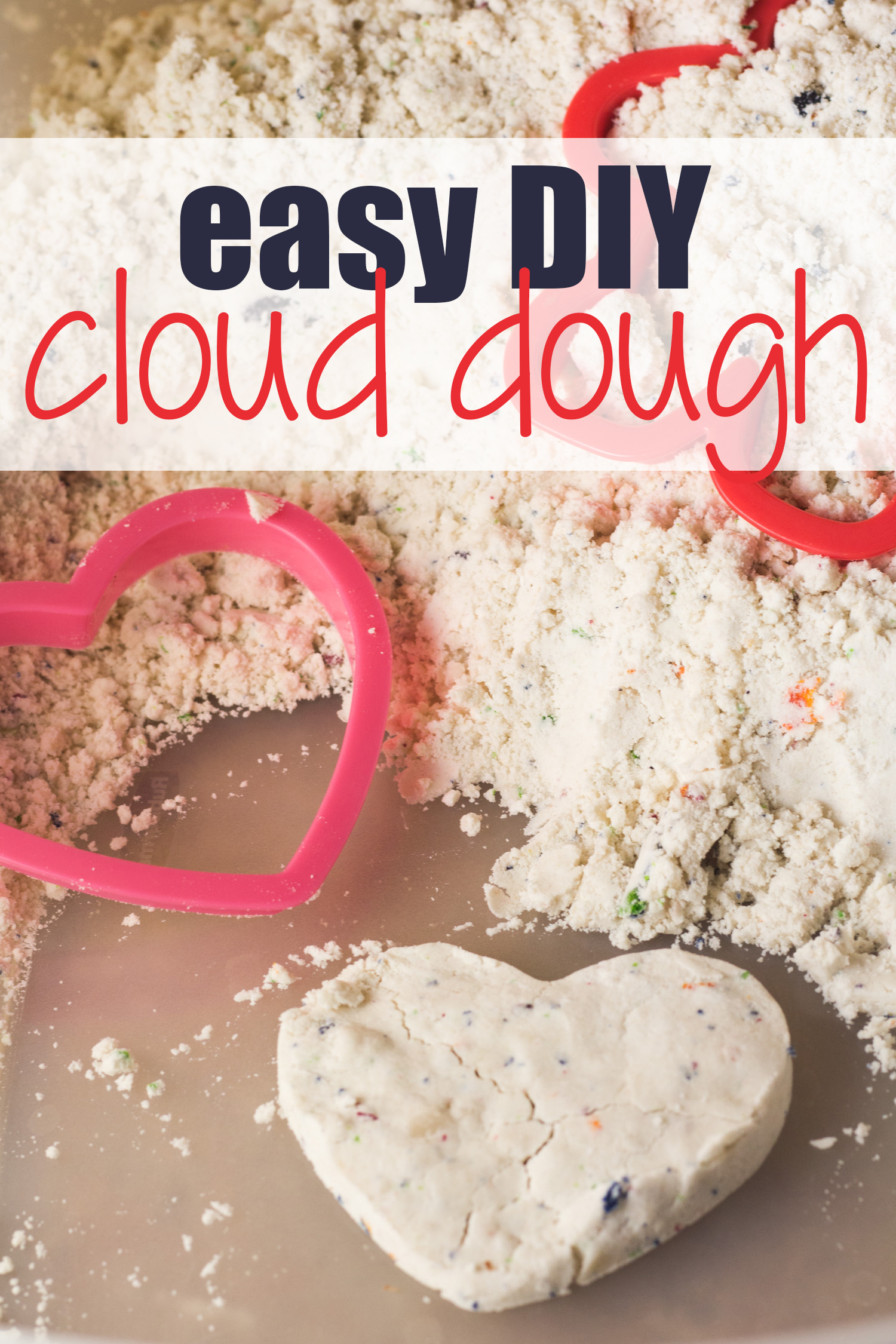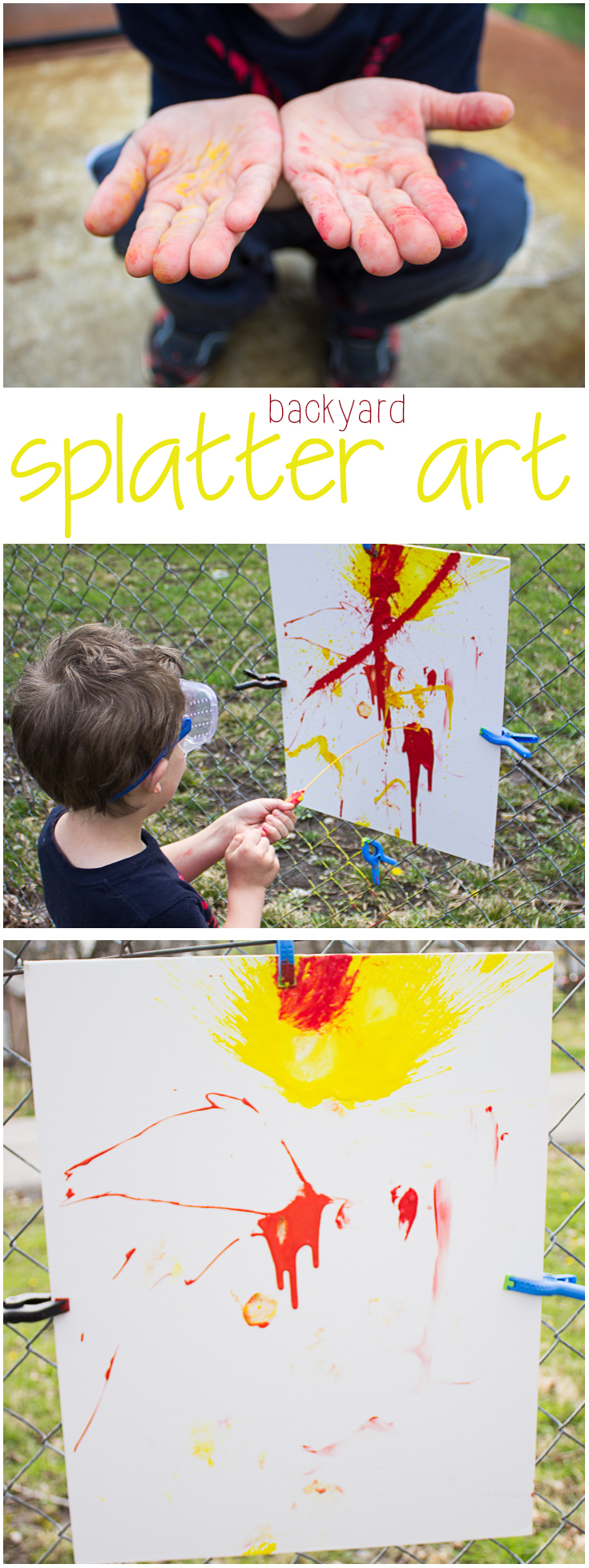I recently posted about my intentions to start homeschooling my one-year-old son. Remember, I’m using the term homeschool very loosely in this instance, as a word to describe the structured play activities that Zach will sometimes participate in.
Our very first day of school last week was exciting. I wasn’t entirely sure how Zach would respond to the new layout of our day, but of course, it was very important to me to work at his pace and really focus on his own personal emotional state. Learning won’t be fun if you sit there and force a child to do it.
Because last week was a “partial week” in school, since we started on a Thursday, I didn’t get Zach started on some of the lessons I planned for him yet. Instead, we focused on one very exciting task for his first day of “school.”
Jell-O. Yes, Jell-O.
To me, it is important to give a child opportunities for messy play. After all, they’re washable for a reason. So, I stripped Mr. Zach down to his diaper, and put him in his high chair for a fun, wiggly jiggly structured playtime.
I first have to stress the fact that due to… who knows what… my Jell-O didn’t actually fully set. I don’t know if I just did it wrong, or if it was the humidity and heat at our house that week, or whatever reason it might have been, but my Jell-O was more of a slime than an actual Jell-O. I do plan on repeating this activity again sometime, with Jell-O that actually sets up.
Zach munched on some Chex while I got the Jell-O out of the fridge and ready for play, which is why his face has a few Chex stuck to it. My son just can’t eat without saving a little for later!

He stuck his hand tentatively into the blue slime. He looked at me with a puzzled expression, I think almost questioning if it was okay for him to really squish into this slimy blue stuff.

It didn’t take much coaxing, though, for him to start really squishing, smacking, splashing, and trying to pick up the Jell-O, which only seemed to ooze out of his hands…

Perhaps it was the texture, or perhaps it was just the fact that this cool blue gel was quite refreshing in the 100+ degree temperatures we were having last week, but this stuff was really cool to play in! Plus, because it hadn’t quite set up, it was easy to trace letters in, or just run your fingers through it to make drawings. Zach and I both worked together to draw in the Jell-O mixture and really play with the goo, and I have to admit, it was a lot of fun for me, too.

After taking some time to squish and play with the Jell-O, Zach decided perhaps it would be worth a taste. He was pretty pleased with it!

Then he decided to throw his goldfish into the Jell-O!

I must admit, the cool blue definitely looked like water for fishes to swim in, so I thought it was pretty creative of him to come up with that! Of course after the goldfish crackers went for a swim, he decided to eat the Jell-O coated goldfish, and that idea was a little less appealing to me…

Of course, the activity ended like this, face first in the Jell-O. Because the Jell-O was both tasty and hard to pick up, Zach finally decided just to remove the middle man and go for a direct-to-mouth approach. This was accompanied by a lot of slurping, followed by a nice warm bath to get rid of the blue stuff.
Here’s what I learned from this activity:
1. Not everything is going to go as planned this school year. My Jell-O didn’t set up. Instead of tossing it out, I decided to see what Zach would do with this Jell-O. As I mentioned above, I will try to repeat the activity with completely set Jell-O in the future, but I feel like it’s going to be a completely different experience. This Jell-O, being very liquid, was incredibly difficult to pick up, which gave us more of an opportunity to do things like run our fingers through it as though it was a finger paint.
2. It’s important for Zach to lead the activity. I didn’t show him what to do with the Jell-O, instruct him to put the goldfish into the Jell-O, or anything else. Everything he did was purely the product of his own ideas of what to do with the Jell-O. This gives him a chance to be creative and to figure out exactly what he wanted to do with a very new and unique substance. He’s never felt anything like this before, so it gave him an opportunity to form his own conclusions and decide exactly what he wanted to do with it.
3. It was important for me to follow his lead. As the parent, I could have chosen to walk away and let him enjoy the activity himself. Instead, I sat there with him and decided to participate by following what he did. When he used his finger to draw in the Jell-O, I did the same. When he splashed the Jell-O, I mimicked his play. This gave him encouragement that he was doing the right things with the Jell-O, and gave him the confidence to continue exploring with it.
4. Sensory play should involve as many senses as possible. I like the Jell-O activity because it’s not just stimulating one sense, but instead, all five. Zach could see the bright blue Jell-O and visually notice what it looked like, that it was translucent, and perhaps a bit gooey. He was also able to touch it and reinforce what he was seeing. From there, he could hear the sounds that the Jell-O would make as he did various activities like splashing it. Even though it had a similar color and reflectivity as water, it didn’t sound the same, nor did it feel the same. He was also able to smell and taste the Jell-O, which helped him to understand more about what properties Jell-O has, and to realize that sensory play is something that involves each and every sense.
After trying this activity, I know it is one we will repeat again in the future. I also feel that it will be interesting to try the same activity with Jell-O that is actually fully set, because I think it will have an entirely different learning experience for Zach, due to a chance in texture and appearance.
What do you think? Have you tried a Jell-O activity with your kids? Tell me about it in the comments below!


![This DIY Play Dough Soap is messy play that gets kids clean! It's homemade play dough made with soap, is tub-safe, and doesn't stain skin. Plus, it has only 3 ingredients you probably already have: sulfate free body wash, cornstarch, and water! Your kids will want bath time, ALL the time! Get your kids clean with this DIY soap recipe, then get your clothes clean with Sulfate-Free All Detergent. [ad] #allEssentials #allSulfateFree](http://www.mamaplusone.com/wp-content/uploads/2017/05/dough-soap-pinnable.jpg)


















